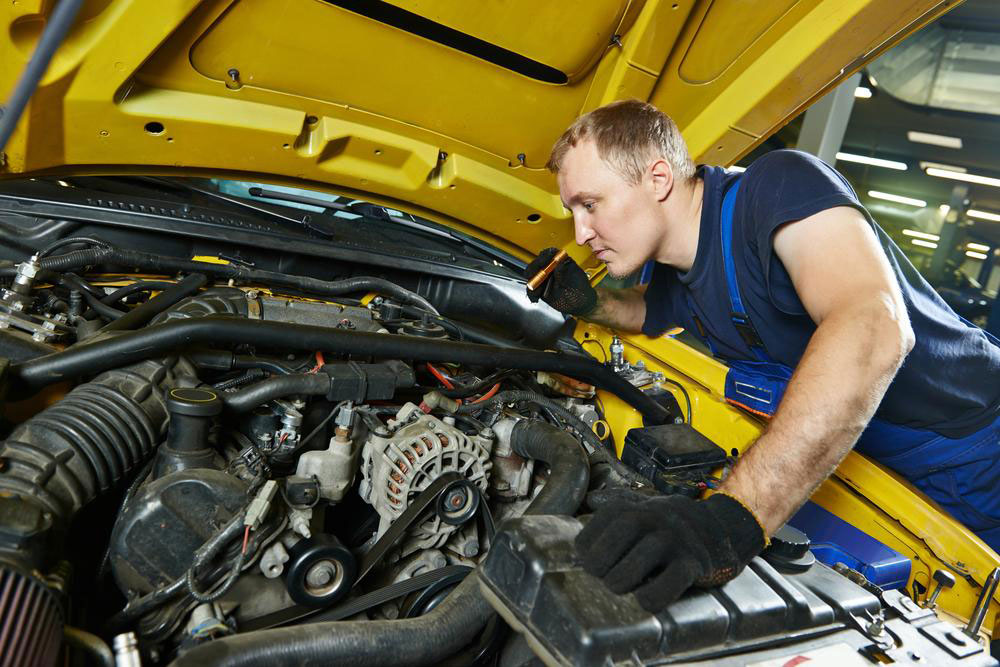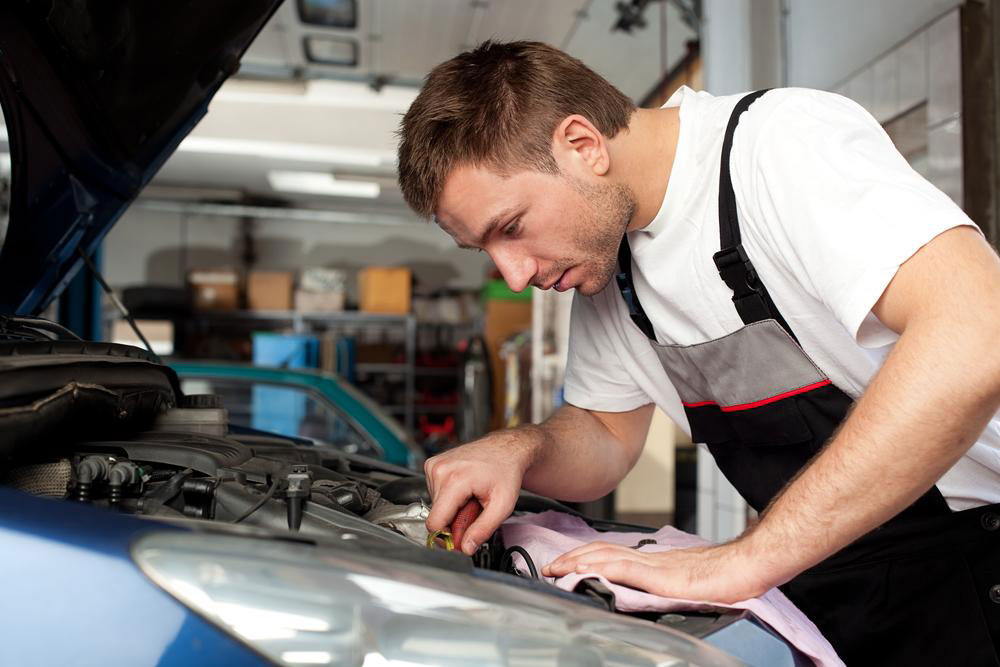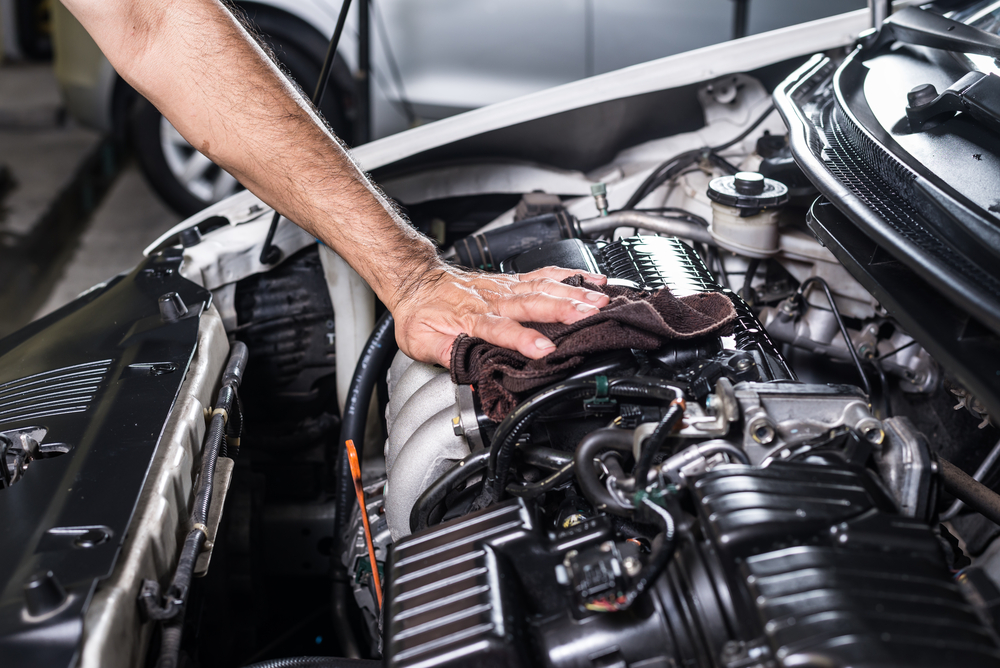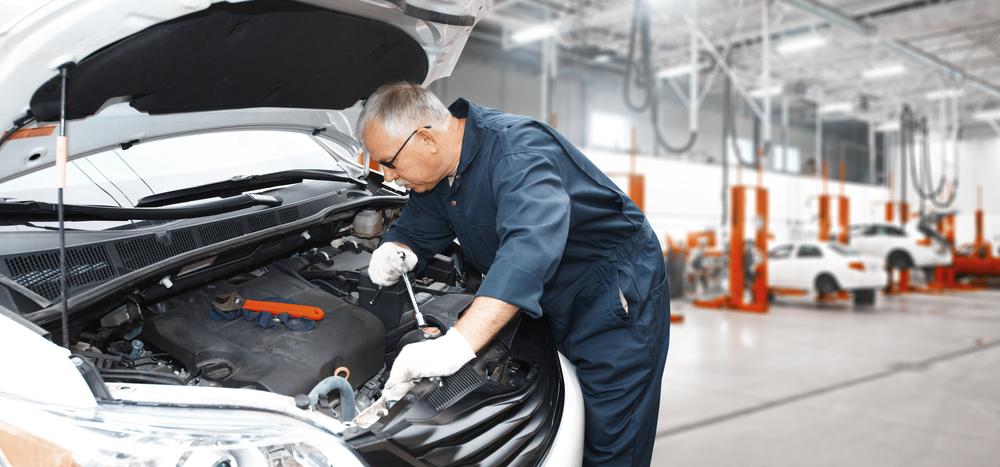Debunking 6 Common Car Maintenance Myths
Discover the truths behind common car maintenance myths. This guide clarifies misconceptions about oil changes, cooling system care, brake fluid, and more, helping vehicle owners save money and maintain optimal performance with accurate information.
Sponsored

Owning a vehicle involves more than just possession—it requires proper maintenance with the right knowledge. Beware of misconceptions that can lead to unnecessary expenses or even harm your vehicle. Here are six widespread myths about car upkeep you need to forget:
• Changing oil every 3,000 miles: Follow your vehicle's manual recommendations. Most cars can go over 7,500 miles between oil changes under normal driving conditions, making frequent oil changes unnecessary.
Regular oil changes won’t harm your engine but might be an unnecessary expense.
• Warming up your car before driving: This outdated myth persists. For modern engines and two-wheelers, driving immediately is the best way to warm up the engine quickly and improve fuel efficiency.
• Changing brake fluid frequently: Brake fluids act as lubricants to ensure smooth brake operation, not a consumable that needs frequent replacement. Typically, changing brake fluid every 1 to 2 years suffices, based on the owner's manual.
• Performing tune-ups often: Main purpose of tune-ups is to monitor engine health. Every 30,000 miles or as recommended by your mechanic, a thorough tune-up can optimize performance over time.
• Replacing filters frequently: Oil, air, fuel, and transmission filters do not need replacement at every oil change. Consult your owner’s manual or mechanic for proper intervals.
• Coolant system maintenance: Modern cars use sealed cooling systems with long-lasting coolants. Draining radiators twice a year is no longer necessary; coolant can last up to two years or more.
• Using air conditioning wastes fuel: While AC does increase fuel consumption, driving with open windows creates wind resistance, which can consume more fuel than running the AC with windows closed.






